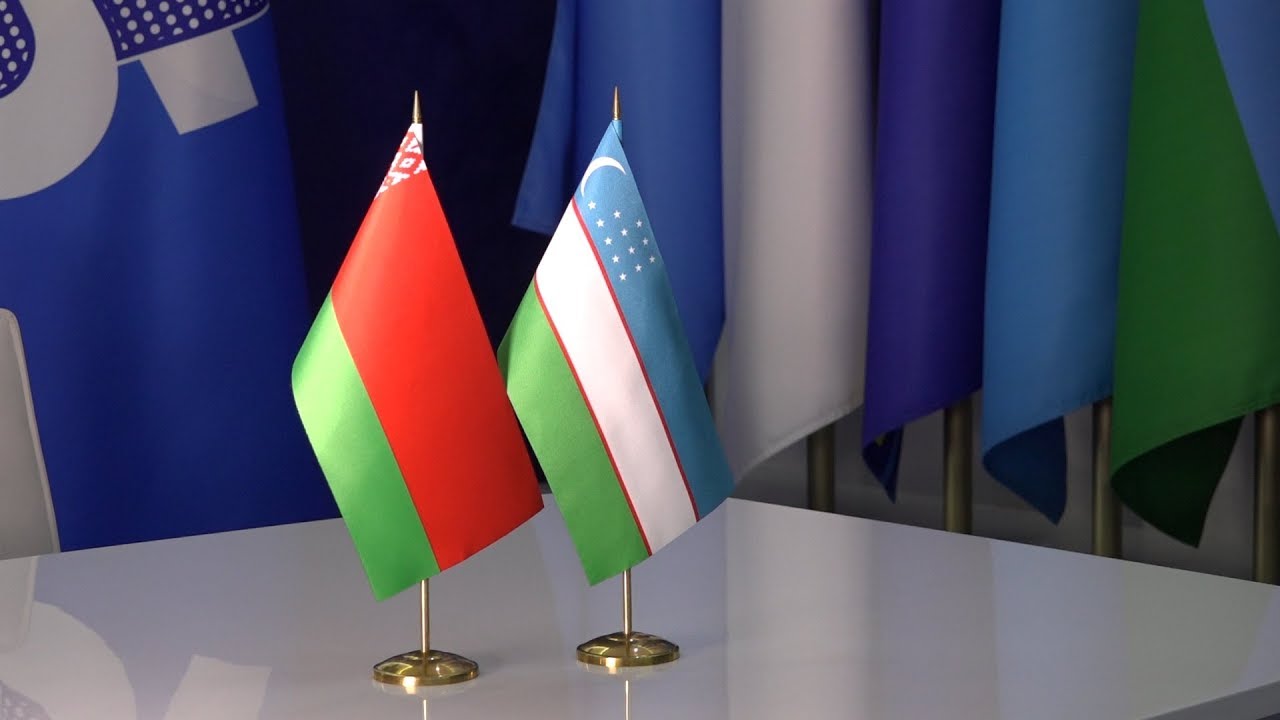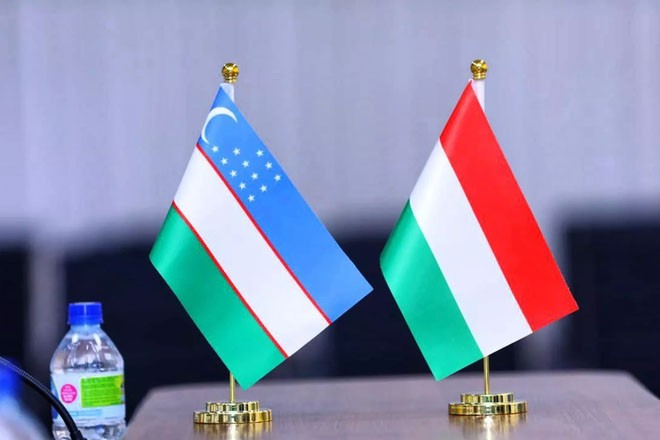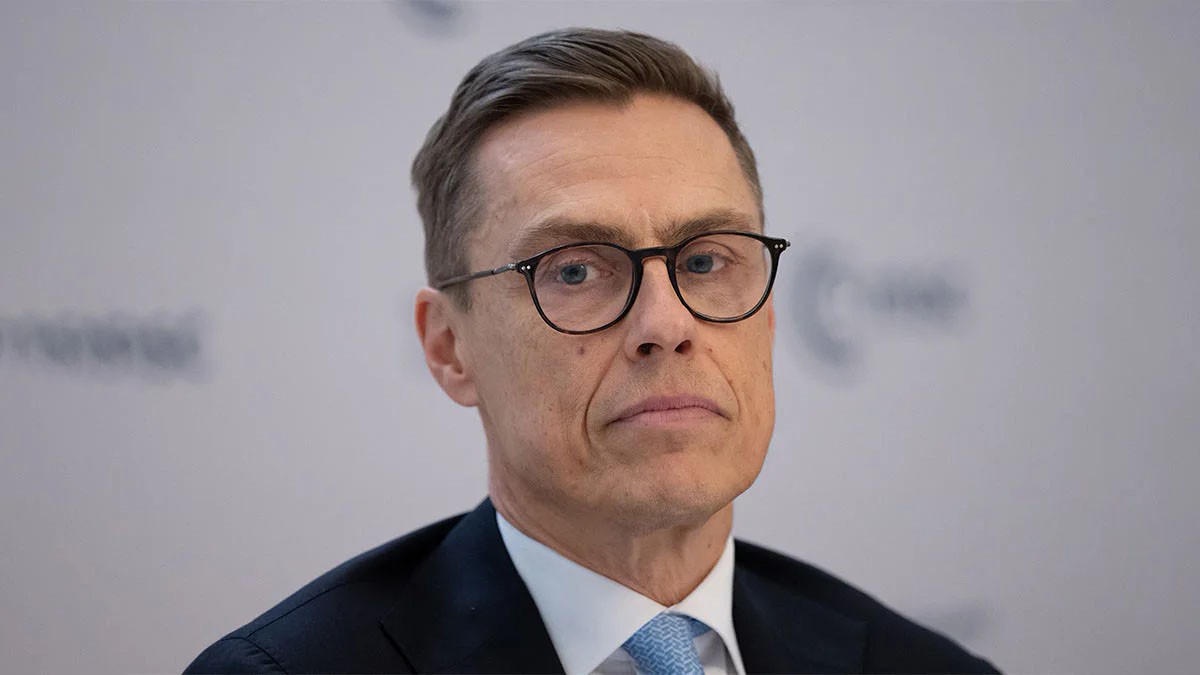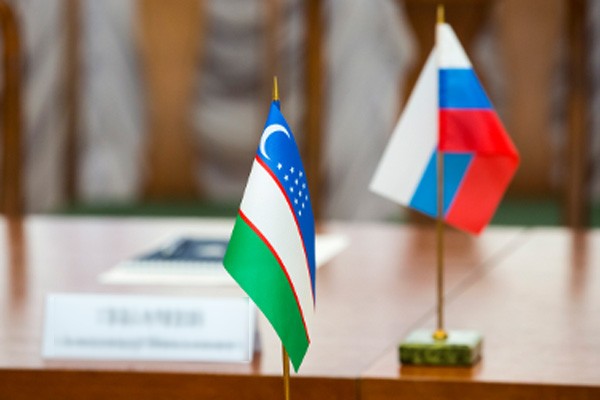While global sanctions cut Russia off from Western financial infrastructure, and Chinese banks reduce their activity in settlements, Uzbekistan is forming its own alternative route. The country has launched the HUMO token, a digital asset backed by government bonds, with payments in Uzbek soums and technological support from the Asterium crypto depository.
The bid for HUMO reflects Tashkent's desire not only to adapt to new realities, but also to form an independent payment corridor that minimizes the impact of external restrictions. Georgia, Kazakhstan, Kyrgyzstan, South Korea, Turkey, Armenia and India have already joined the system. In this configuration, Uzbekistan claims to be a new financial hub for the region.
According to Maksad Mukhitdinov, who represents the HUMO payment system, the project combines the transparency of blockchain technologies with the reliability of the national financial infrastructure. Unlike traditional cryptocurrencies, the HUMO token is tightly linked to the national currency (the rate is 1:1 to the Uzbek soum) and is formally integrated into the regulated system.
With SWIFT disabled in Russia and the growing demand for payments in national currencies, HUMO offers businesses a clear and fast way to make cross-border transfers. According to RISE Research, Uzbekistan occupies a leading position in Central Asia in terms of the level of adoption of crypto assets. The total turnover of local providers has already exceeded $ 1 billion, and HUMO is becoming an important element of this ecosystem.
Unlike the gray schemes using USDT and P2P exchangers, the new token is positioned as the first "white" stablecoin in the region. It is backed by government securities, has a transparent structure, and can be used by both individuals and businesses. Experts emphasize that its advantage is its legal integration with national payment systems and the possibility of controlled turnover without the risk of blocking.
At the same time, the project has vulnerabilities. The key one is the instability of the Uzbek soum. If currency fluctuations increase or international pressure increases, HUMO's liquidity may be compromised. In addition, if sanctions are extended to Uzbekistan itself, the fate of the token may repeat the experience of the Venezuelan Petro, which has become a symbol of politicized digital currencies.
According to Vladimir Gorgadze, Head of the MIPT Blockchain Department, the HUMO project lays the foundation for national digital currencies and fully fits into the global trend of decentralizing payments. The technological part of the project is implemented by Broxus, one of the leading blockchain developers in the region, which gives reason to expect a high degree of reliability and scalability.
The token is deployed immediately on EVM and TVM-compatible networks, which ensures compatibility with DeFi platforms and allows you to use HUMO in staking, liquidity pools, and other financial instruments. This significantly expands the scope of its application both in countries with open crypto policies and in strictly regulated jurisdictions.
The launch of HUMO is not just a local step, but a potential signal about the transformation of the entire post-Soviet financial space. At a time when businesses are looking for new ways, and the classical banking system is shrinking under the weight of geopolitics, Uzbekistan is betting on digital flexibility. And if the experiment proves successful, the country could become a pioneer of a new economic infrastructure in Central Asia.











